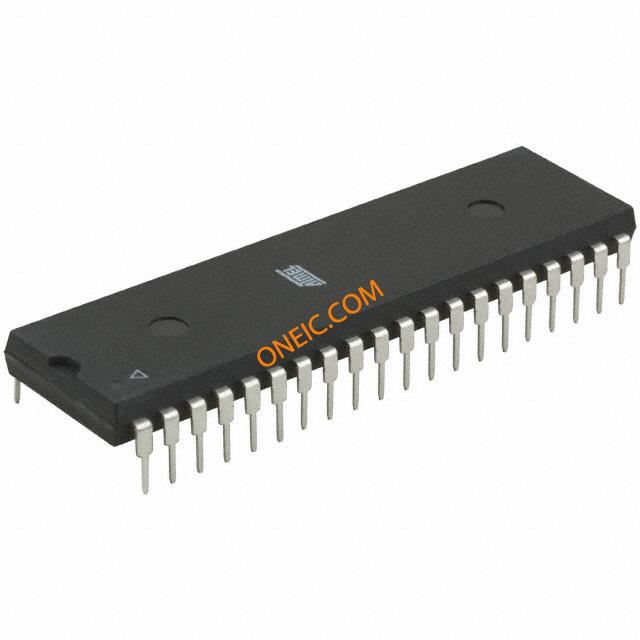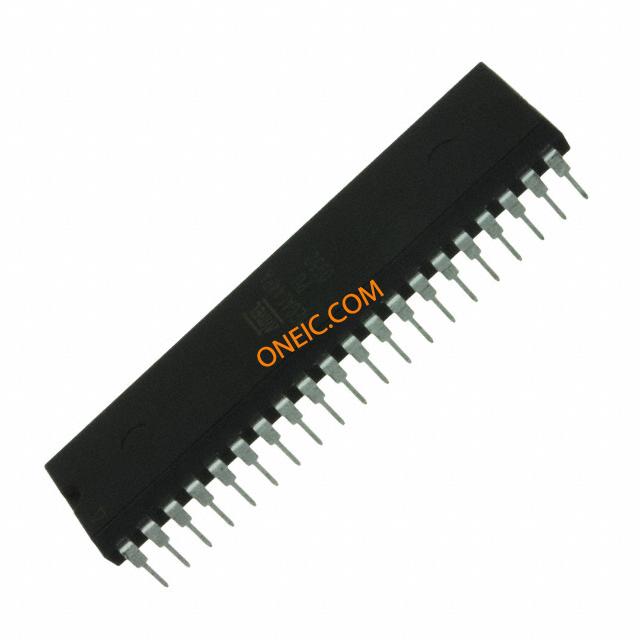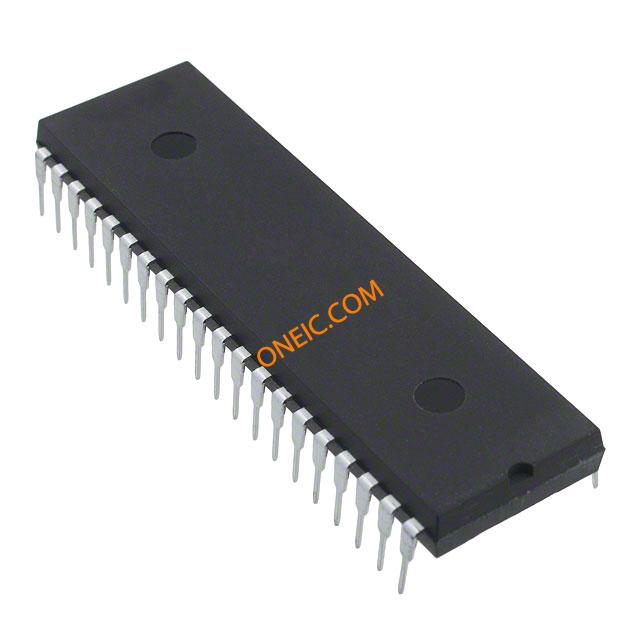ATMEGA644PA-PU
8-bit AVR microcontrollers with 64KB Flash, 4KB RAM, and 40-pin PDIP packaging
Manufacturer: ['microchip', 'atmel']
series introduction
# Introduction to the ATMEGA644PA - PU Product Series
## 1. Overview
The ATMEGA644PA - PU is a member of the popular AVR® microcontroller family developed by Microchip Technology. This product series is designed to offer a high - performance, low - power solution for a wide range of embedded applications. With its rich set of features and capabilities, it has become a go - to choice for engineers and hobbyists alike.
## 2. Key Features
### 2.1 Microcontroller Core
- **AVR 8 - bit RISC Architecture**: The ATMEGA644PA - PU is based on an advanced 8 - bit RISC (Reduced Instruction Set Computing) architecture. This architecture allows for efficient execution of instructions, with most instructions being executed in a single clock cycle. As a result, it can achieve high processing speeds, enabling rapid data processing and control operations.
- **High - Performance CPU**: It has a clock speed of up to 20 MHz, which provides sufficient processing power for complex tasks. The high - speed CPU can handle real - time applications such as motor control, sensor data acquisition, and communication protocols.
### 2.2 Memory
- **Flash Memory**: The microcontroller is equipped with 64 KB of in - system self - programmable Flash memory. This non - volatile memory is used to store the program code. The large Flash memory capacity allows for the implementation of complex algorithms and applications, and it also supports in - system programming, which means the code can be updated without removing the microcontroller from the circuit.
- **SRAM**: There is 4 KB of internal SRAM (Static Random - Access Memory). SRAM is used for storing variables and data during program execution. The relatively large SRAM size enables the handling of larger data buffers, which is beneficial for applications that require data storage and manipulation, such as data logging and signal processing.
- **EEPROM**: It also features 2 KB of EEPROM (Electrically Erasable Programmable Read - Only Memory). EEPROM is non - volatile and can be used to store critical data that needs to be retained even when the power is turned off, such as calibration values, configuration settings, and user preferences.
### 2.3 Peripherals
#### 2.3.1 General - Purpose Input/Output (GPIO)
- The ATMEGA644PA - PU has a total of 32 general - purpose I/O pins. These pins can be configured as either input or output, allowing for easy interfacing with external devices such as sensors, actuators, displays, and switches. The GPIO pins can also be used for bit - banging communication protocols or for simple control tasks.
#### 2.3.2 Timer/Counters
- There are three timer/counters on the microcontroller: two 8 - bit timer/counters (Timer0 and Timer2) and one 16 - bit timer/counter (Timer1). These timer/counters can be used for a variety of purposes, including generating accurate time delays, measuring time intervals, generating PWM (Pulse Width Modulation) signals for motor control or LED dimming, and implementing real - time interrupts.
#### 2.3.3 Serial Communication Interfaces
- **USART (Universal Synchronous/Asynchronous Receiver/Transmitter)**: It has two USART interfaces, which support both synchronous and asynchronous serial communication. USART is commonly used for communication with other microcontrollers, sensors, and communication modules, such as Bluetooth and Wi - Fi modules. It can be configured for different baud rates and data formats, making it highly versatile.
- **SPI (Serial Peripheral Interface)**: The SPI interface provides a high - speed, full - duplex serial communication protocol. It is often used
Images for reference

40-DIP Pkg

ATMEGA644PA-PU

40-DIP